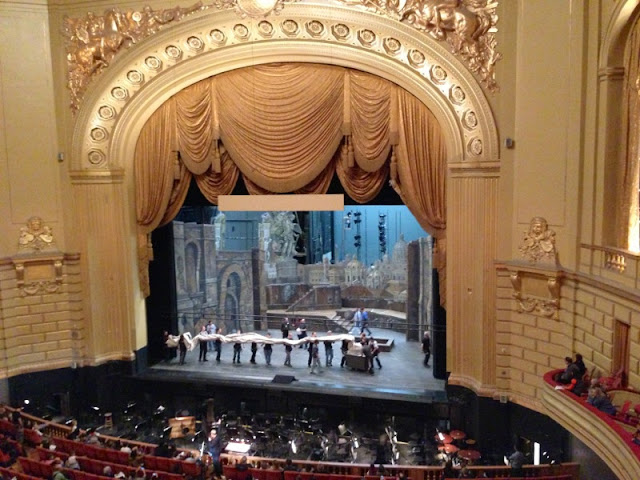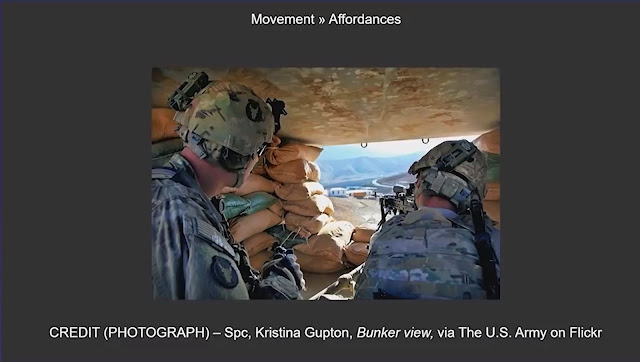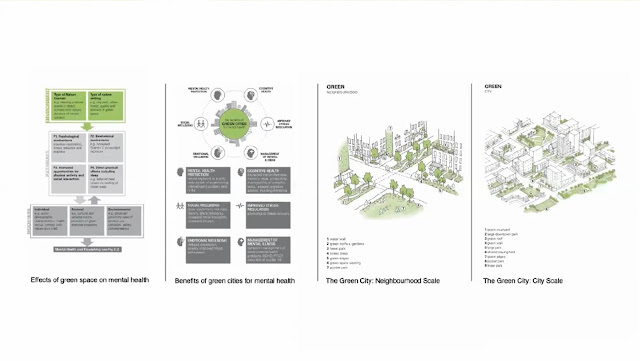Safeguarding : VR Player and environment design
How can virtual reality player safe space design data be captured and analysed ? I am considering the many different ways in which safe player spaces could be designed in VR. I am thinking about how I might protect the player when viewing challenging, emotive story content. While considering how and when I might apply various design devices when designing various white box model prototypes. I am also beginning to research how and why I might set up effective data capture systems as part of the user research and analysis pro. My primary concern is the sense of safety that players feel when encountering challenging emotive content to offer protection when viewing potentially distressing scenes, encountering objects that are indicative of the narrative and other player characters. Focusing on players physical and emotional safety as a primary objective will help when designing prototypes that test the solutions applied. I will then be able to experiment with different env...



